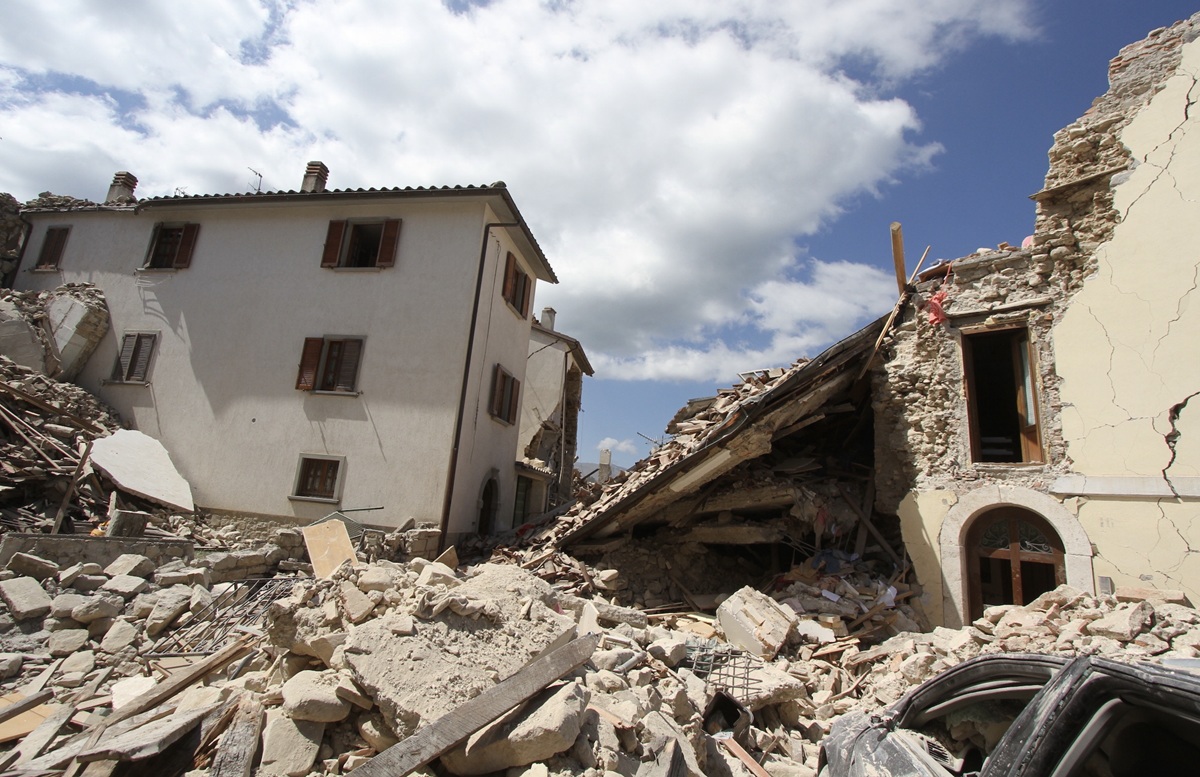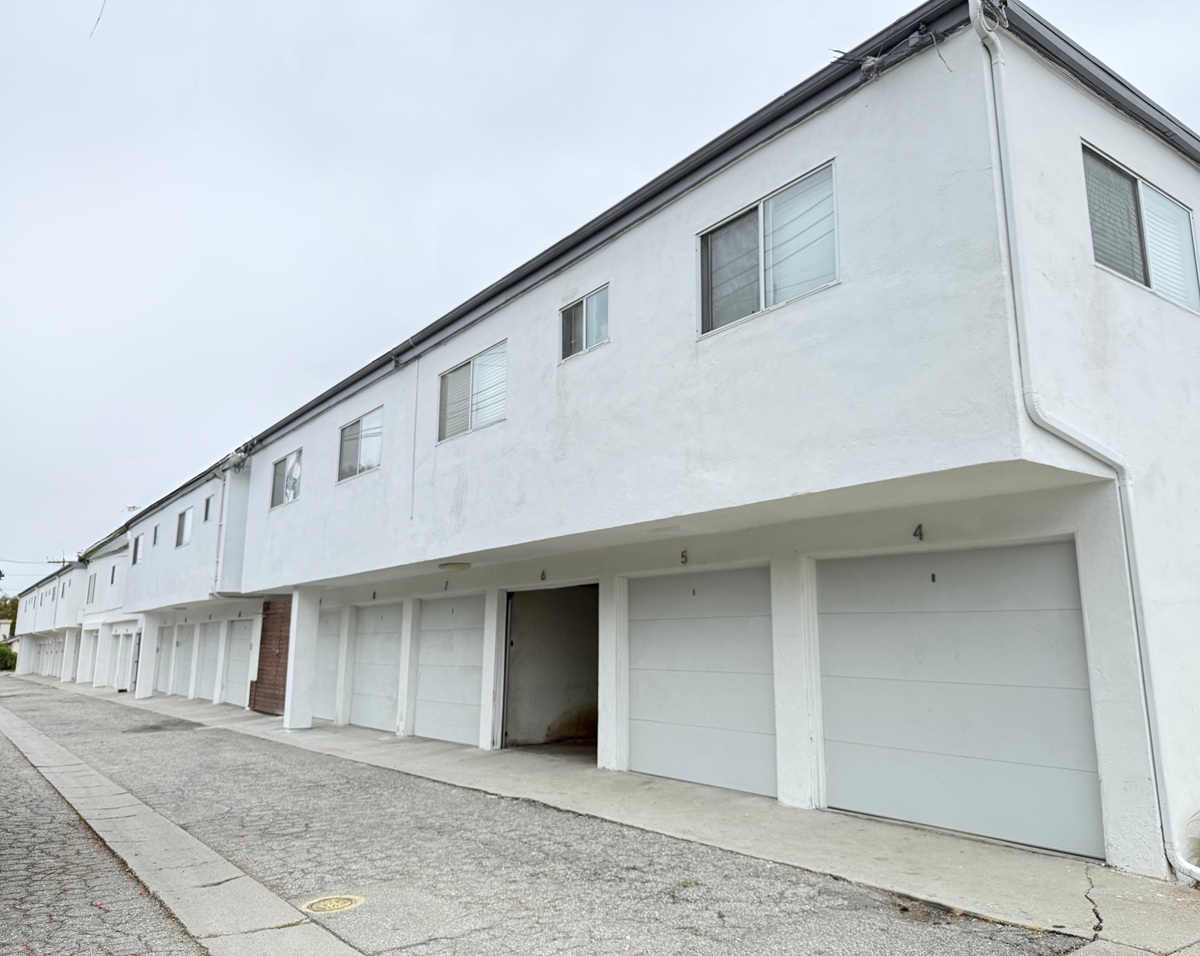Orange County’s economy is robust: leading most other U.S. counties, many states – even some countries – in terms of output.
The region’s gross domestic product, at $221 billion in 2020, surpasses that of Oregon and New Zealand, and nearly tops Google, the Orange County Register recently reported.
As the ninth largest economic powerhouse county in the nation, are we doing what we should to protect that title?
The key to good business
Resilience to adversity is an essential part of any successful business strategy.
It’s what determines whether an operation can ride out a crisis or economic slowdown.
We saw that first-hand during the early shutdowns of the COVID-19 pandemic. The virus raged into our communities unexpectedly, much like an earthquake would, and the impacts were very much the same: lives lost, thousands hospitalized, businesses shuttered, jobs lost, and economic shutdown.
Losses from an earthquake disaster would likely be more dramatic. We witnessed the potential for earthquake disaster in 1994. The Northridge earthquake jolted Southern California a mere 10 to 20 seconds, delivering a 6.7- magnitude blind-reverse thrust event that struck with brutal force, causing more than $67 billion in widespread damage, and untold economic loss.
Catastrophic modeling performed by RMS, Inc., concluded that if a quake the size of Northridge were to strike today, it would cause more than $155 billion in total economic losses – comparable to that of Hurricane Katrina, which cost the nation $148 billion.
How big will ‘The Big One’ be?
“Northridge was not a big quake,” Seismologist Lucy Jones told NBC News. “… If we had the same quake on another fault, we’d have way more damage.”
A larger quake could decimate the local economy, experts believe. Businesses would close, people would not be able to get to work, and an exodus of residents would flee, leaving the region behind for others to rebuild.
Seismologists say stress along the San Andreas fault has been building with little relief since the mid-1800s. The next “Big One” – which could come at any moment – could be of a magnitude of 7.5 or more, they say. Such a quake would rip along the fault and displace it by an average of 9 feet.
Is your apartment building ready for that?
There are three steps you can take to fortify business operations and protect your bottom line. These strategies should be followed by any operation, large or small.
- Know your business’ vulnerabilities: Businesses are extremely vulnerable to the risks presented by earthquakes. Loss of cash flow, equipment and inventory, workforce and market-share are all serious risks. Add to that potential liability expenses and costs for dealing with environmental concerns such as asbestos and you face a total that could easily force you into bankruptcy.
- Create a plan for earthquake resilience: Evaluate the safety of your buildings to make sure that structural and non-structural issues are secure.
- Consider the benefits of a seismic retrofit. Researchers at Caltech indicate every dollar spent in retrofitting soft-story structures can save property owners up to seven dollars, and that study didn’t factor in loss to contents, alternate living expenses or liability for deaths and injuries – all of which would have significantly increased the cost-to-benefit ratios.
If your building is vulnerable, seismic retrofits make good business sense. In fact, the National Institute of Building Sciences in its report, Mitigation Saves, estimates that for every dollar spent on mitigation, society sees a resilience benefit of $13 dollars or more.
Visit optimumseismic.com for more information, or call us at 323-978-7664.







